
Introduction
In the Mining Industry, Sodium Cyanide plays a pivotal role in the extraction of precious metals, especially gold and silver. However, its highly toxic nature necessitates strict Safety Management to ensure the well - being of workers, protect the environment, and maintain the sustainable operation of mining activities.
Importance of Sodium Cyanide in Mining
Gold and Silver Extraction
The most significant use of sodium cyanide in mining is in the cyanidation process for gold and silver extraction. Gold and silver often occur in low - grade ores, and cyanide forms a soluble complex with these precious metals. In the presence of oxygen and water, Sodium cyanide reacts with gold or silver in the ore, forming a metal - cyanide complex ion, such as [Au(CN)₂]⁻ or [Ag(CN)₂]⁻. This complex can then be easily separated from the ore matrix, usually through a process of adsorption onto activated carbon or by using other chemical methods for further purification.
Cost - effectiveness
Compared to some alternative extraction methods, the cyanidation process using sodium cyanide is relatively cost - effective. It allows for the extraction of precious metals from a wide range of ore types, including those with complex mineralogy. This cost - effectiveness makes it possible for mining companies to operate profitably, especially when dealing with large - scale mining operations where economies of scale can be achieved.
High Recovery Rates
When properly applied, the cyanidation process can achieve high recovery rates of gold and silver. By optimizing the conditions such as pH, cyanide concentration, and oxygen availability, mining companies can extract a large percentage of the precious metals present in the ore. High recovery rates not only increase the profitability of the mining operation but also contribute to the efficient utilization of limited natural resources.
Safety Management of Sodium Cyanide in Mining
Regulatory Compliance
Mining companies must strictly adhere to local, national, and international regulations regarding the use, storage, and transportation of sodium cyanide. These regulations typically cover aspects such as the maximum allowable cyanide concentrations in wastewaters, the proper labeling and packaging of cyanide products, and the requirements for safety training of personnel involved in cyanide - related operations. Compliance with these regulations is not only a legal obligation but also a fundamental step in ensuring safety.
Storage Facilities
Sodium cyanide should be stored in dedicated, well - designed storage facilities. These facilities should be constructed of materials that are resistant to corrosion by cyanide solutions. They should also be located in areas that are remote from residential areas, water sources, and other sensitive environments. Storage tanks and containers should be equipped with leak - detection systems and secondary containment structures to prevent the release of cyanide in case of a primary container failure.
Transportation Safety
During transportation, sodium cyanide must be transported in accordance with strict regulations. Specialized transport vehicles are required, which are designed to minimize the risk of spills and accidents. The vehicles should be equipped with emergency response kits, including neutralizing agents for cyanide spills. Transportation routes should be carefully planned to avoid high - traffic areas and areas with a high potential for environmental damage in case of an accident.
Worker Training and Safety
All workers involved in the handling of sodium cyanide must receive comprehensive safety training. This training should cover the properties of sodium cyanide, including its toxicity, how to safely handle and transfer cyanide solutions, and the proper use of personal protective equipment (PPE). Workers should be trained in emergency response procedures, such as how to respond to a cyanide spill or a case of cyanide exposure. Regular safety drills should be conducted to ensure that workers are well - prepared for any potential incidents.
Waste Management
The mining industry generates significant amounts of cyanide - containing waste. Proper waste management is crucial to prevent the release of cyanide into the environment. Wastewaters containing cyanide must be treated to reduce the cyanide concentration to acceptable levels before discharge. Treatment methods may include chemical oxidation, biological treatment, or a combination of both. Solid wastes, such as tailings, should also be managed in a way that minimizes the risk of cyanide leaching into the surrounding soil and water.
Conclusion
Sodium cyanide is an essential reagent in the mining industry, enabling the extraction of precious metals in an efficient and cost - effective manner. However, its toxicity demands the implementation of strict safety management measures. By ensuring Regulatory Compliance, proper storage, transportation, worker training, and waste management, the mining industry can continue to use sodium cyanide while minimizing the associated risks to human health and the environment.
- Random Content
- Hot content
- Hot review content
- Flexible Customer and Supplier Relations Specialist (Location: India)
- Industrial Grade Sodium Metabisulfite 96.5%
- Collector BLK-301/Composite Flotating Active Matter ≥60%
- Shock Tube Detonator
- Acetone
- Ferrous Sulfate Industrial Grade 90%
- Sodium Peroxide
- 1Discounted Sodium Cyanide (CAS: 143-33-9) for Mining - High Quality & Competitive Pricing
- 2China's New Regulations on Sodium Cyanide Exports and Guidance for International Buyers
- 3Sodium Cyanide 98% CAS 143-33-9 gold dressing agent Essential for Mining and Chemical Industries
- 4International Cyanide(Sodium cyanide) Management Code - Gold Mine Acceptance Standards
- 5China factory Sulfuric Acid 98%
- 6Anhydrous Oxalic acid 99.6% Industrial Grade
- 7Oxalic acid for mining 99.6%
- 1Sodium Cyanide 98% CAS 143-33-9 gold dressing agent Essential for Mining and Chemical Industries
- 2High Quality 99% Purity of Cyanuric chloride ISO 9001:2005 REACH Verified Producer
- 3Zinc chloride ZnCl2 for High Molecular Weight Polymers Initiator
- 4High Purity · Stable Performance · Higher Recovery — sodium cyanide for modern gold leaching
- 5High Quality Sodium Ferrocyanide / Sodium Hexacyanoferr
- 6Gold Ore Dressing Agent Safe Gold Extracting Agent Replace Sodium Cyanide
- 7Sodium Cyanide 98%+ CAS 143-33-9

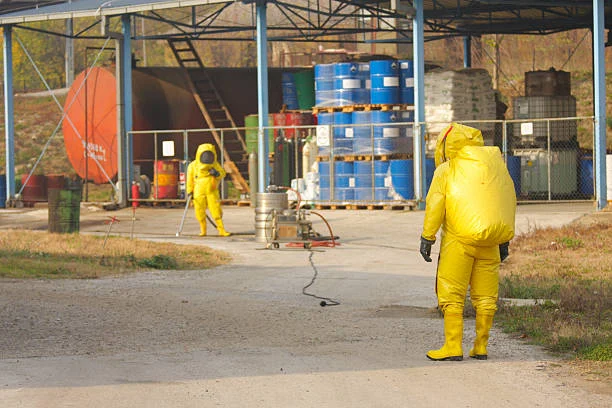

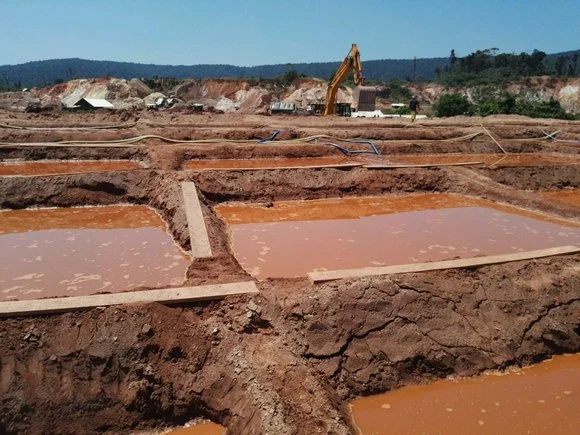
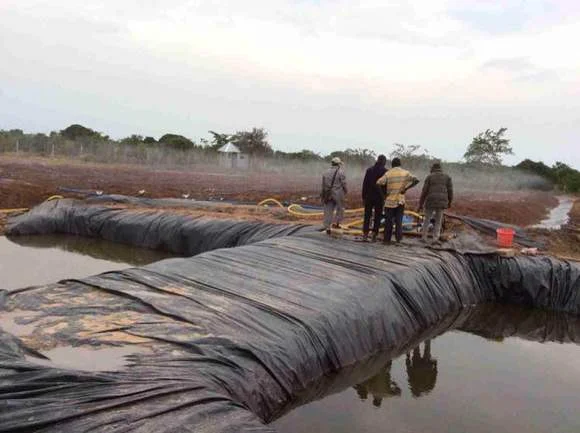

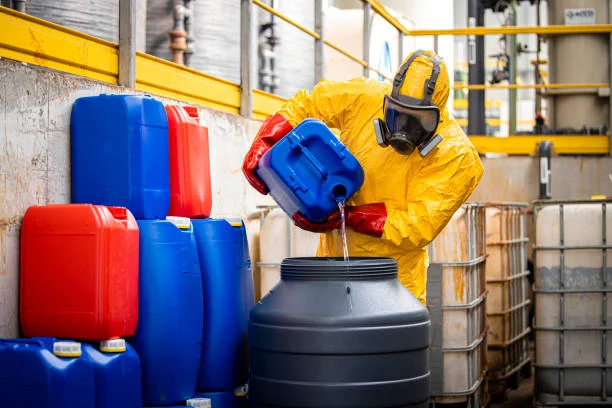
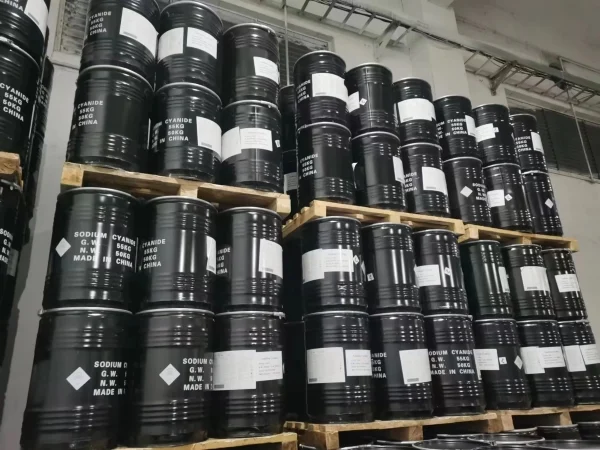



Online message consultation
Add comment: